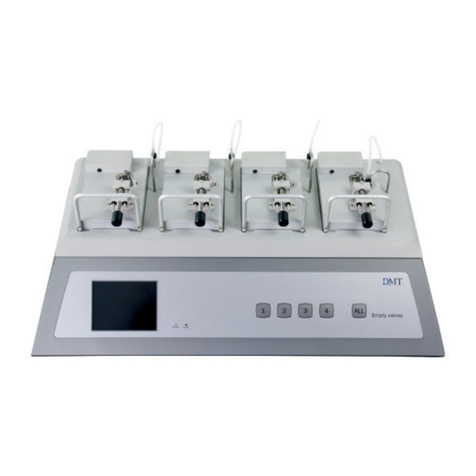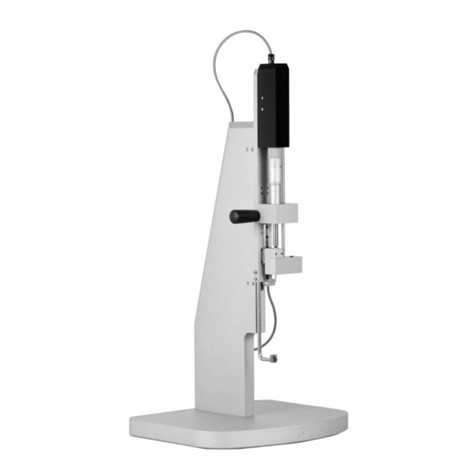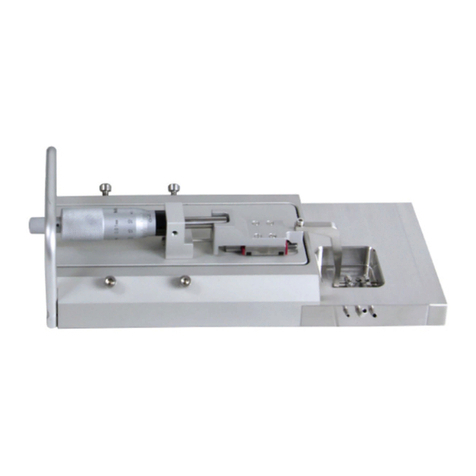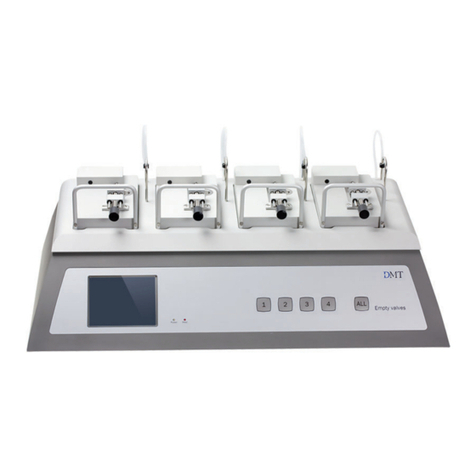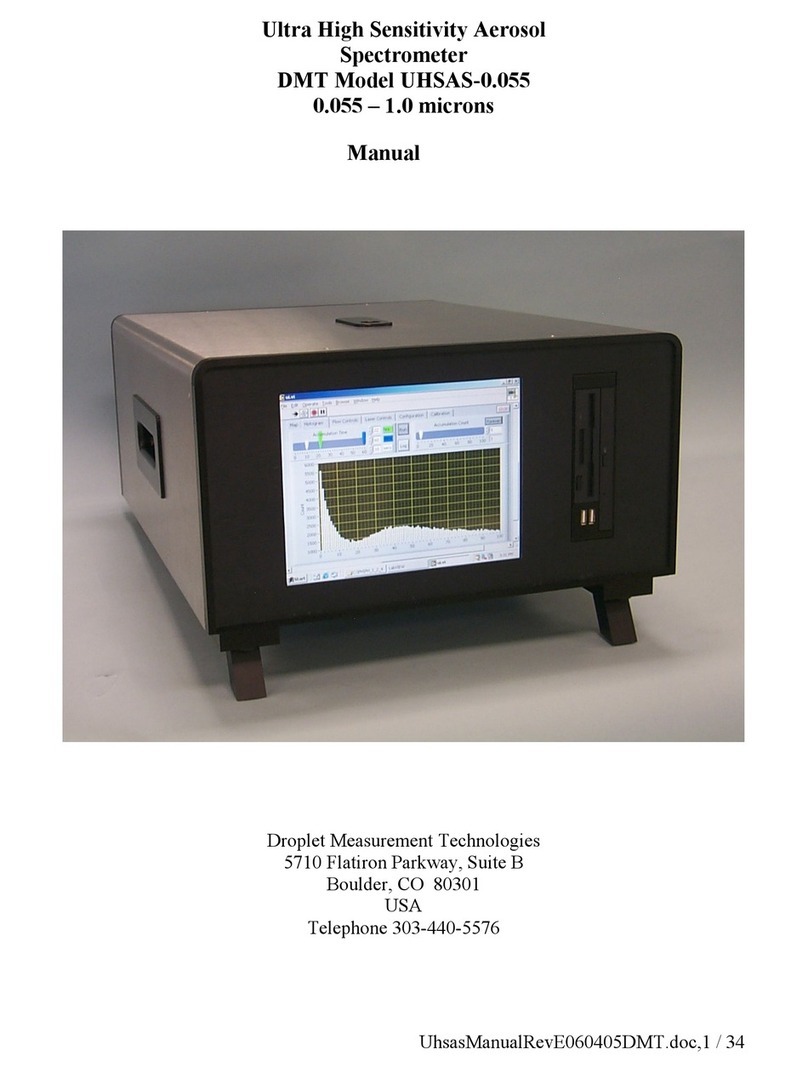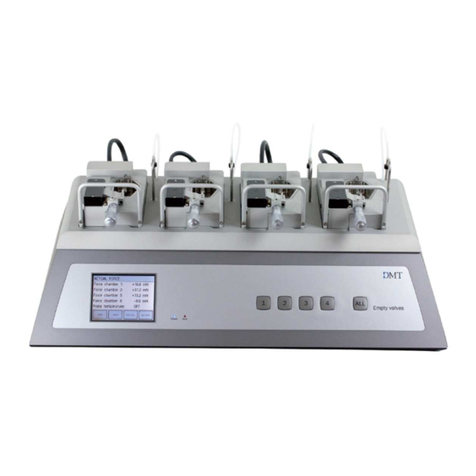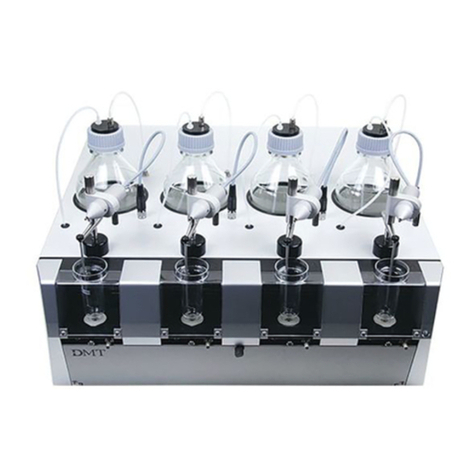
4
CONTENTS
CONTENTS
Trademarks .......................................................................................................................................................................................................................................2
Safety ..................................................................................................................................................................................................................................................4
EC Declaration of Conformity ....................................................................................................................................................................................................4
Chapter 1 - System overview .....................................................................................................................................................................................................6
1.1 Wire Interface - front and rear.............................................................................................................................................................................................6
1.2 Wire Myographs.......................................................................................................................................................................................................................7
1.2.1 Confocal Wire Myograph - 360CW.............................................................................................................................................................................7
1.2.2 Single Wire Myograph - 320A......................................................................................................................................................................................8
Chapter 2 - Setting up ..................................................................................................................................................................................................................9
2.1 Setting up the complete Wire Myograph System .......................................................................................................................................................9
2.2 The rst force calibration................................................................................................................................................................................................... 10
Chapter 3 - The wire Interface Menus.................................................................................................................................................................................. 11
3.1 General description on how to navigate the touch screen................................................................................................................................... 11
3.2 Power-up screen................................................................................................................................................................................................................... 11
3.3 Main Menu.............................................................................................................................................................................................................................. 12
3.4 Zero Menu............................................................................................................................................................................................................................... 12
3.5 Heat Menu .............................................................................................................................................................................................................................. 13
3.6 Timer and Buzzer Menu ..................................................................................................................................................................................................... 13
3.7 Settings Menu ....................................................................................................................................................................................................................... 14
3.7.1 Force Calibration Menu............................................................................................................................................................................................... 14
3.7.2 pH Calibration Procedure........................................................................................................................................................................................... 18
3.7.3 Select Analog Output (optional) ............................................................................................................................................................................ 19
3.7.4 Interface Settings.......................................................................................................................................................................................................... 20
3.7.4.1 Temperature Dierence (oset)........................................................................................................................................................................ 20
3.7.4.2 pH Set-up Menu..................................................................................................................................................................................................... 20
3.7.4.3 Factory Diagnostics............................................................................................................................................................................................... 20
Appendix 1 - System specications...................................................................................................................................................................................... 21
Notes................................................................................................................................................................................................................................................ 23






